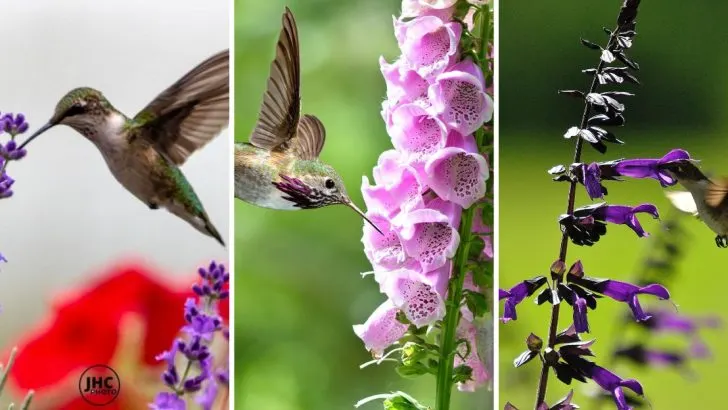Transform your garden into a lively, hummingbird haven with the enchanting allure of purple blooms. These flowers not only add a regal splash of color to your landscape but also act as a magnet for hummingbirds, thanks to their vibrant hues and nectar-filled blossoms.
From classic favorites to unique varieties, these 10 purple flowering plants will keep your garden buzzing with activity and beauty. Perfect for attracting pollinators and adding a touch of elegance, these blooms are a must-have for every gardener who loves nature’s aerial acrobats.
Lavender
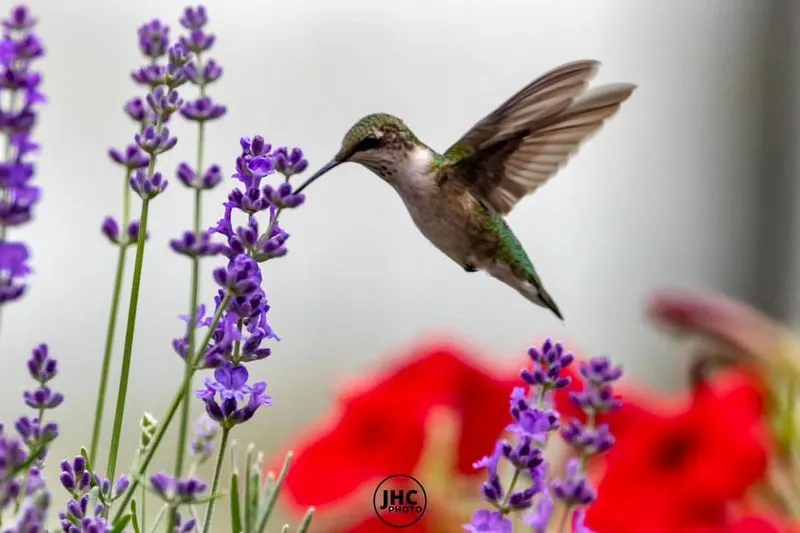
Renowned for its soothing fragrance, lavender is more than just a pretty face. Its purple spikes lure hummingbirds with a promise of sweet nectar. This perennial delight can transform any garden into a serene sanctuary. Plant it in a sunny spot, and watch it thrive. Not only will you enjoy its calming scent, but you’ll also witness a flurry of hummingbird activity. Consider pairing it with other sunny perennials for a striking display. Lavender is drought-tolerant, making it an eco-friendly choice for gardeners seeking both beauty and sustainability.
Salvia
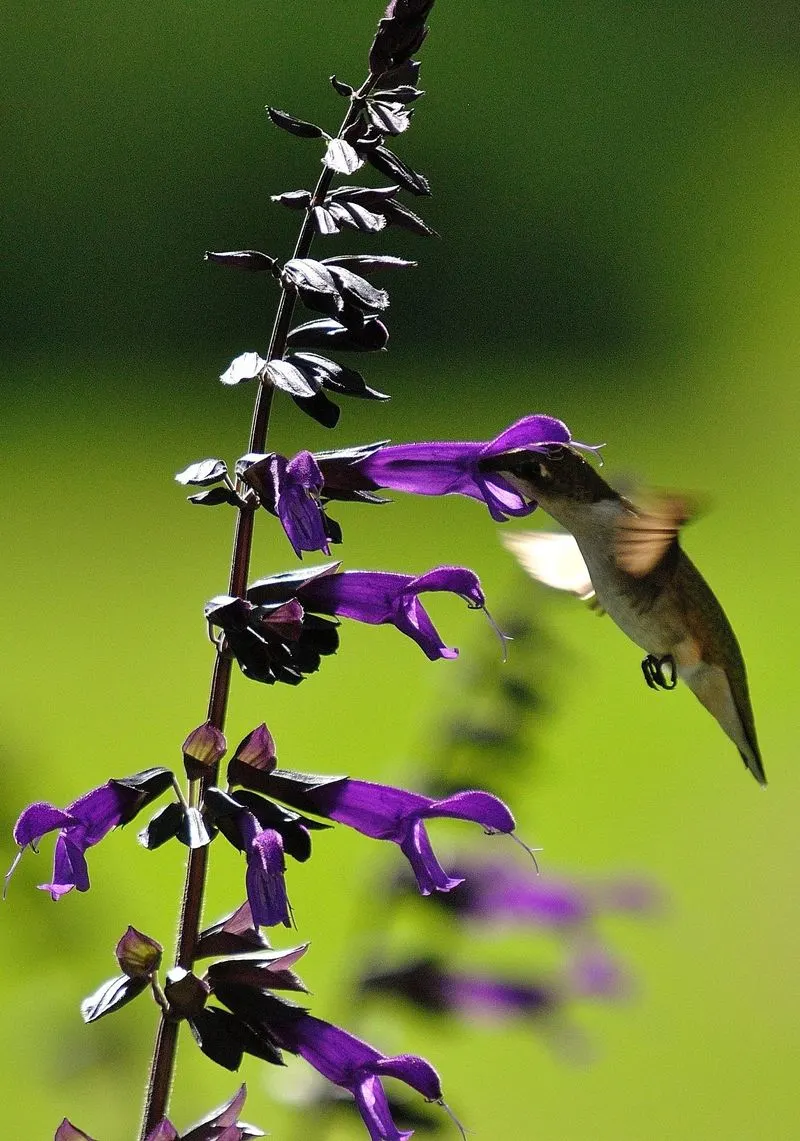
Offering a feast for hummingbirds, salvia stands tall with its spikes of purple flowers. This hardy plant is a favorite among gardeners for its resilience and long blooming season. Ideal for borders or as a focal point in flower beds, salvia provides a continuous source of nectar. Its tubular flowers are perfectly shaped for a hummingbird’s beak, making it a natural feeding station. Plant it in well-draining soil with plenty of sun. You’ll create a buzzing hub of activity in your garden. Pair it with other pollinator-friendly plants for a vibrant display.
Butterfly Bush
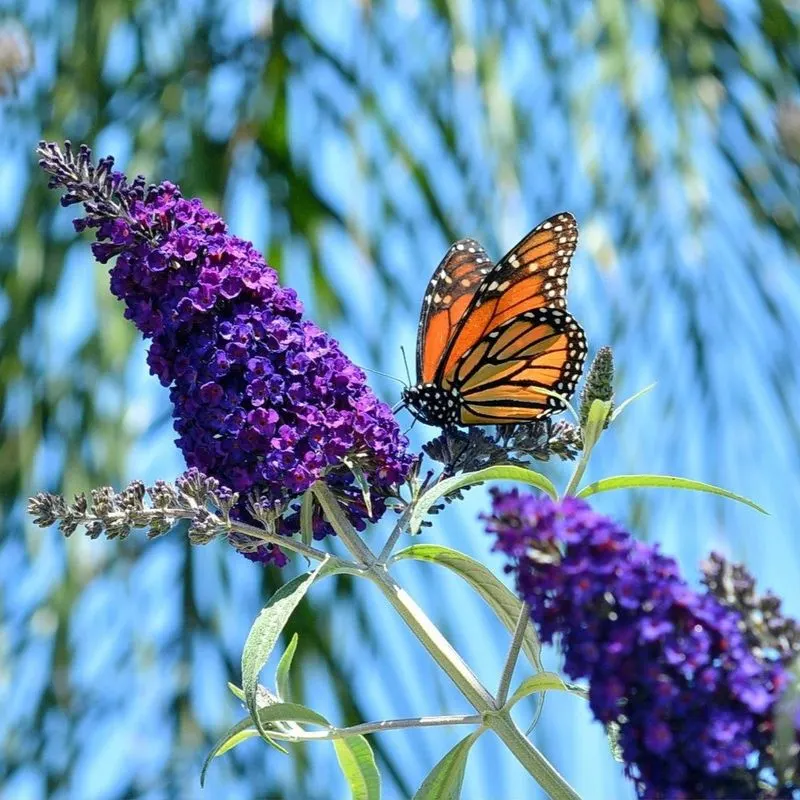
While its name suggests a preference for butterflies, the butterfly bush is equally adored by hummingbirds. Its conical purple flowers are irresistible to these aerial acrobats. Planted in a sunny location, this bush becomes a magnet for wildlife. Its long flowering season ensures that your garden remains lively, attracting both birds and bees. Prune it regularly to encourage new growth and maintain its shape. A versatile addition, it thrives in various soil types, offering both beauty and ecological benefits to your outdoor space.
Verbena
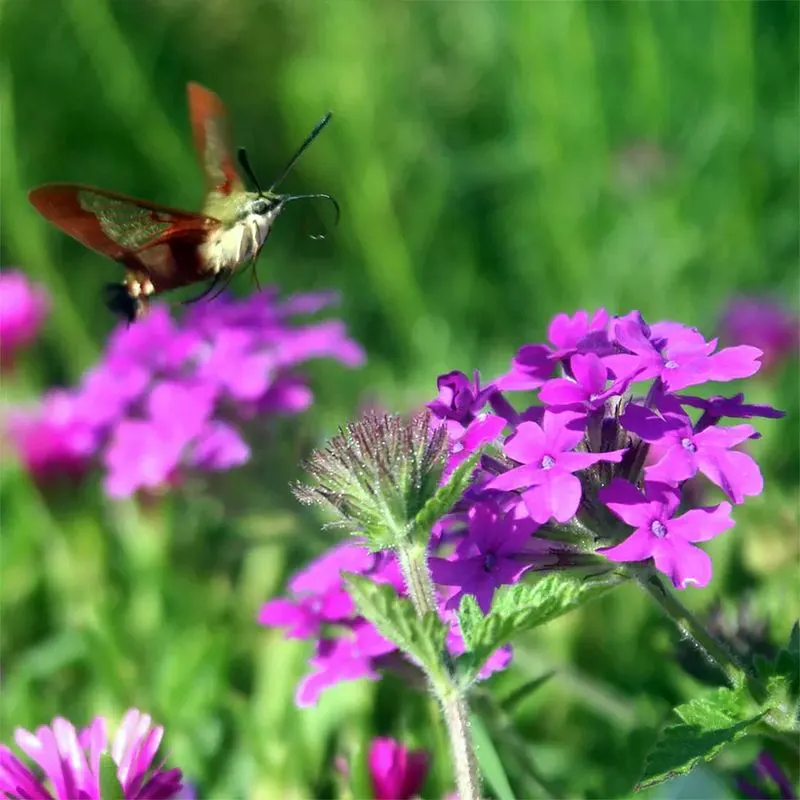
Verbena’s delicate clusters of purple flowers are a sight to behold. This low-growing plant spreads across the garden, creating a carpet of color. Hummingbirds flock to its blooms, finding ample nectar to sustain their high-energy lifestyles. Best planted in a sunny area, verbena requires well-drained soil to flourish. Its sprawling nature makes it perfect for borders or as ground cover. Regular deadheading encourages more blooms, ensuring a constant food supply for visiting hummingbirds. It’s a delightful choice for gardeners seeking a vibrant and wildlife-friendly garden.
Clematis
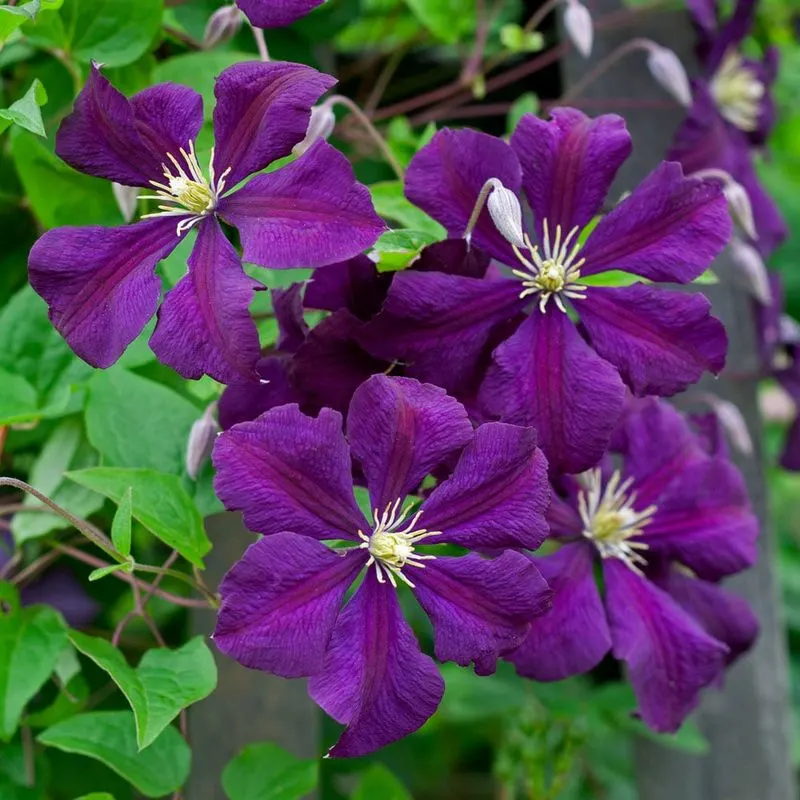
Clematis adds a vertical element to gardens with its climbing habit and large, striking flowers. Hummingbirds are particularly attracted to its vibrant purple blooms. Ideal for covering fences or trellises, this vine adds drama to any garden. Plant it with its roots in the shade and flowers in the sun for optimal growth. Regular pruning will keep it healthy and blooming throughout the season. Clematis is a show-stopper, offering both beauty and a valuable nectar source for hummingbirds. Pair it with other climbers for an eye-catching display.
Bee Balm
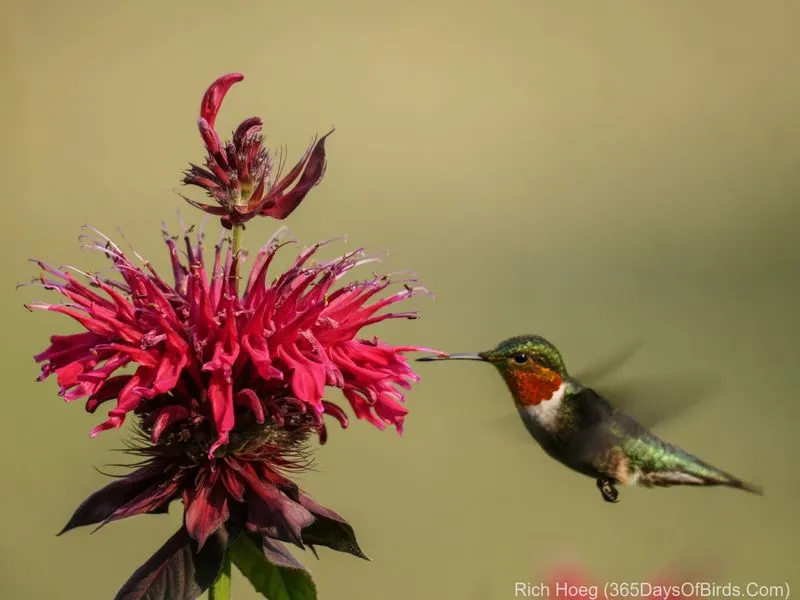
Bee balm, known for its aromatic foliage and vibrant flowers, is a hummingbird favorite. The purple blooms provide essential nectar, making it a must-have in any wildlife-friendly garden. Plant it in moist, well-drained soil where it can bask in full sun. Bee balm’s unique tubular flowers are perfectly shaped for hummingbird feeding. Its striking appearance adds a pop of color to flower beds and borders. To encourage a long blooming period, deadhead spent flowers. Bee balm is also beneficial for bees and butterflies, enhancing your garden’s ecological value.
Catmint
Catmint’s soft purple flowers and fragrant foliage make it a garden staple. Hummingbirds are drawn to its nectar-rich blooms, which appear from late spring to early fall. This hardy perennial thrives in full sun and well-drained soil. Its mounding habit makes it ideal for edging paths and borders. Catmint’s long flowering season ensures a steady food source for hummingbirds. The plant’s aromatic leaves not only deter pests but also add a sensory dimension to the garden. Pair it with other sun-loving perennials for a harmonious and inviting landscape.
Wisteria
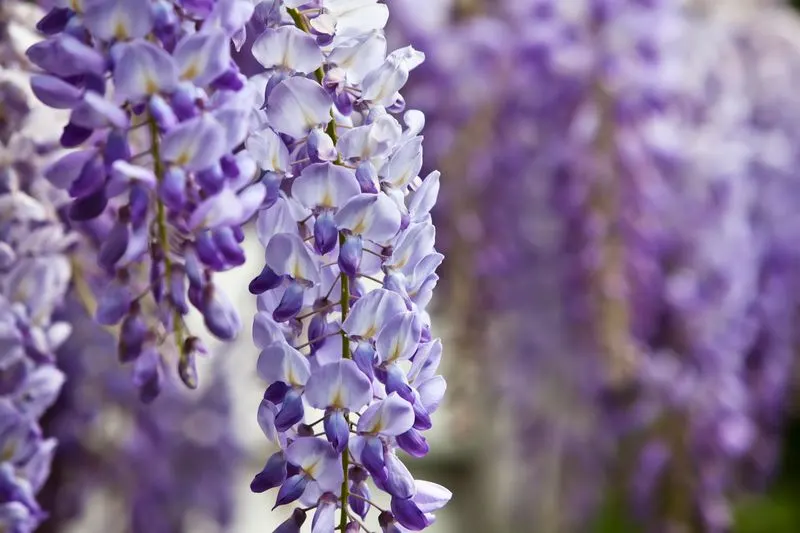
Wisteria’s cascading blooms create a dramatic canopy that captivates both humans and hummingbirds. These fragrant flowers offer a rich nectar supply, inviting avian visitors. Perfect for draping over pergolas or arbors, wisteria adds a touch of elegance to any garden. Ensure it has sturdy support and plenty of sun to flourish. Regular pruning is essential to control its vigorous growth. With the right care, wisteria becomes a breathtaking focal point, providing shade and a nectar haven for hummingbirds. Pair it with climbing roses for a romantic garden retreat.
Foxglove
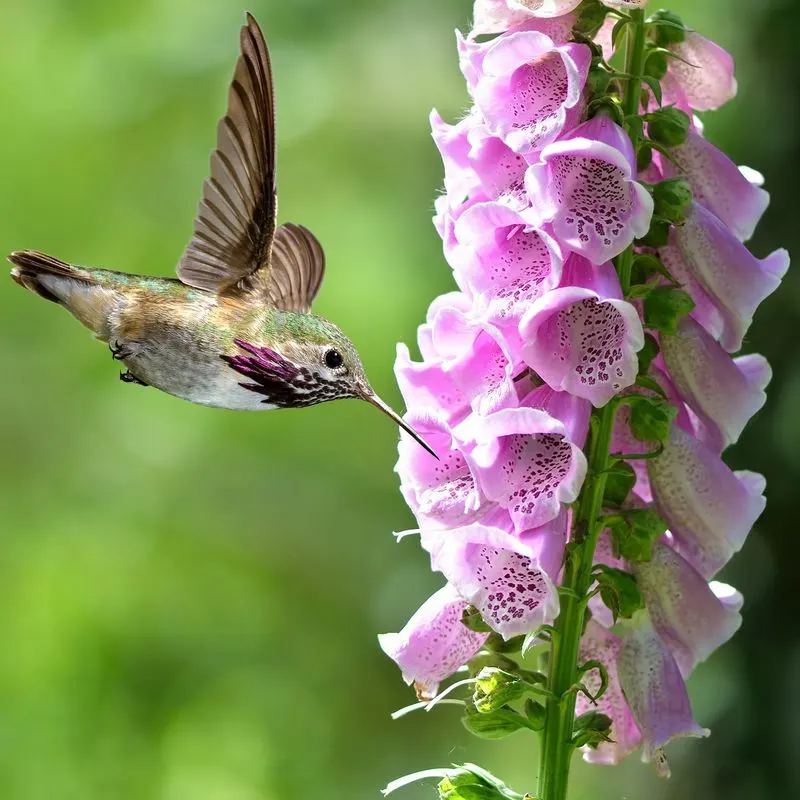
Foxglove’s tall spires of purple flowers are a beacon for hummingbirds. These biennials thrive in partial shade, adding vertical interest to woodland gardens. Each bell-shaped bloom is a nectar-rich treat for visiting birds. Ensure foxgloves have well-draining soil and moderate moisture to thrive. Their striking appearance makes them a favorite for cottage-style gardens. However, be mindful of their toxicity when planting. Despite this, their beauty and hummingbird appeal are undeniable. Pair them with ferns and hostas for a naturalistic garden setting.
Hydrangea (Purple Varieties)
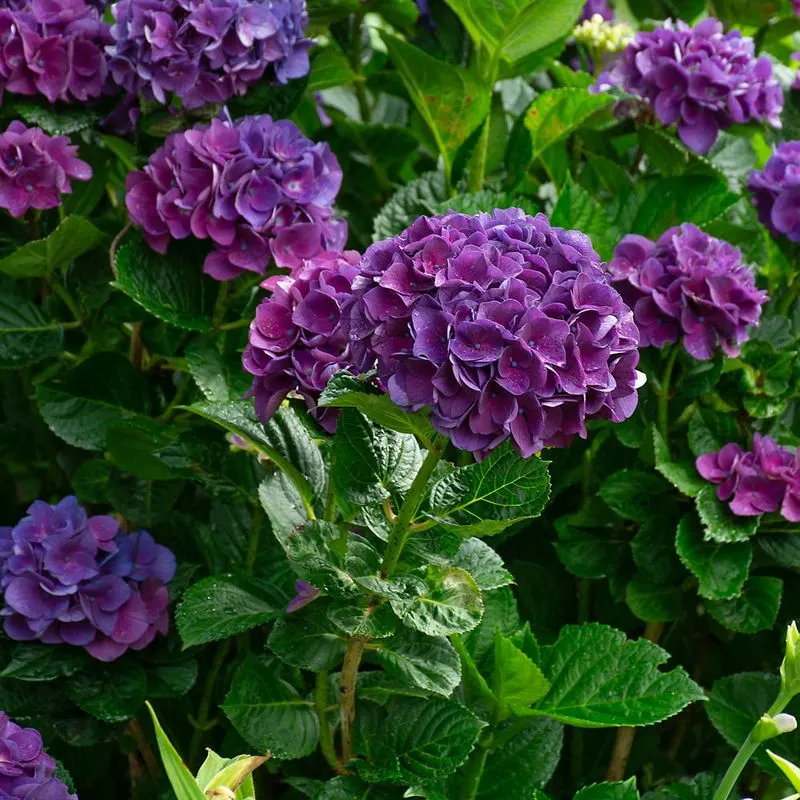
Hydrangeas are known for their large, showy clusters of flowers, and purple varieties bring a unique charm. While not a primary nectar source, their color still attracts hummingbirds. Plant them in rich, well-drained soil with partial sun. These shrubs provide a backdrop of color from summer to fall. Pruning after flowering encourages a tidy shape and robust blooms. Hydrangeas can be enjoyed in a mixed border or as a standalone feature. Their versatility and beauty make them a garden favorite, drawing both hummingbirds and human admirers alike.

